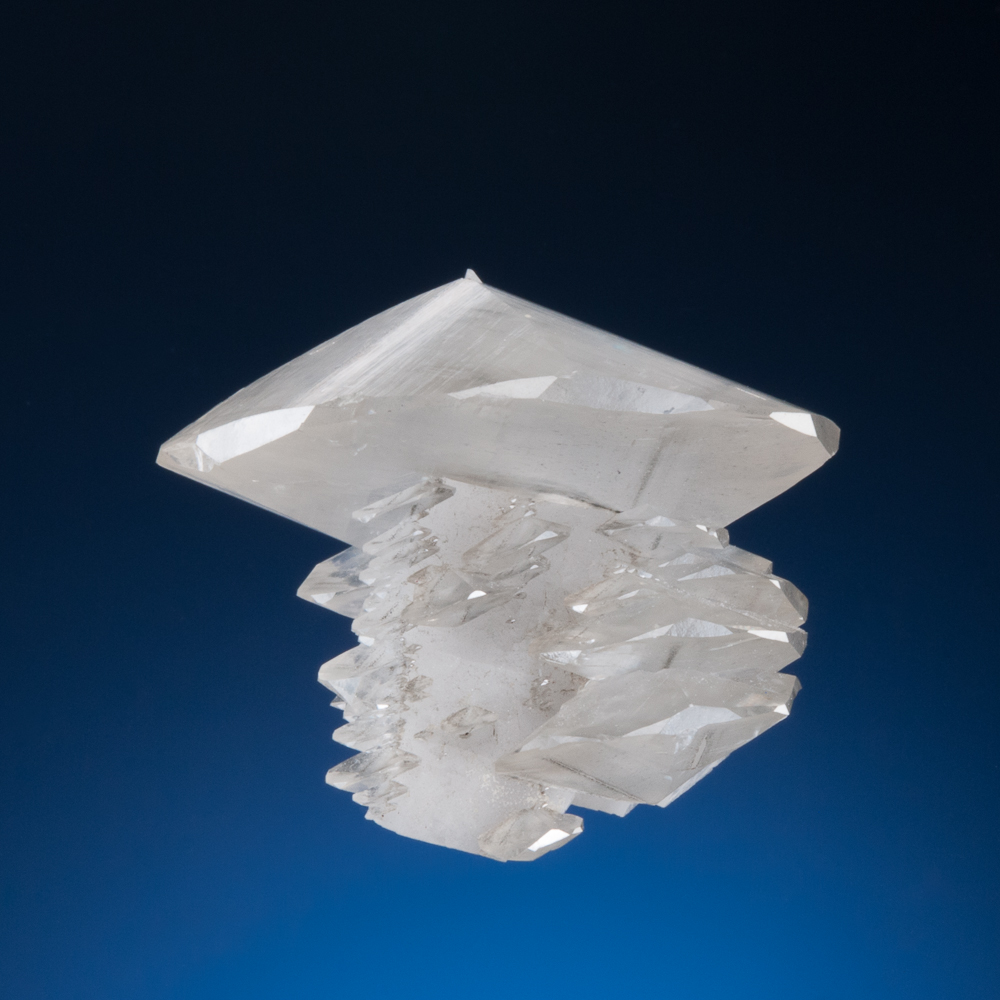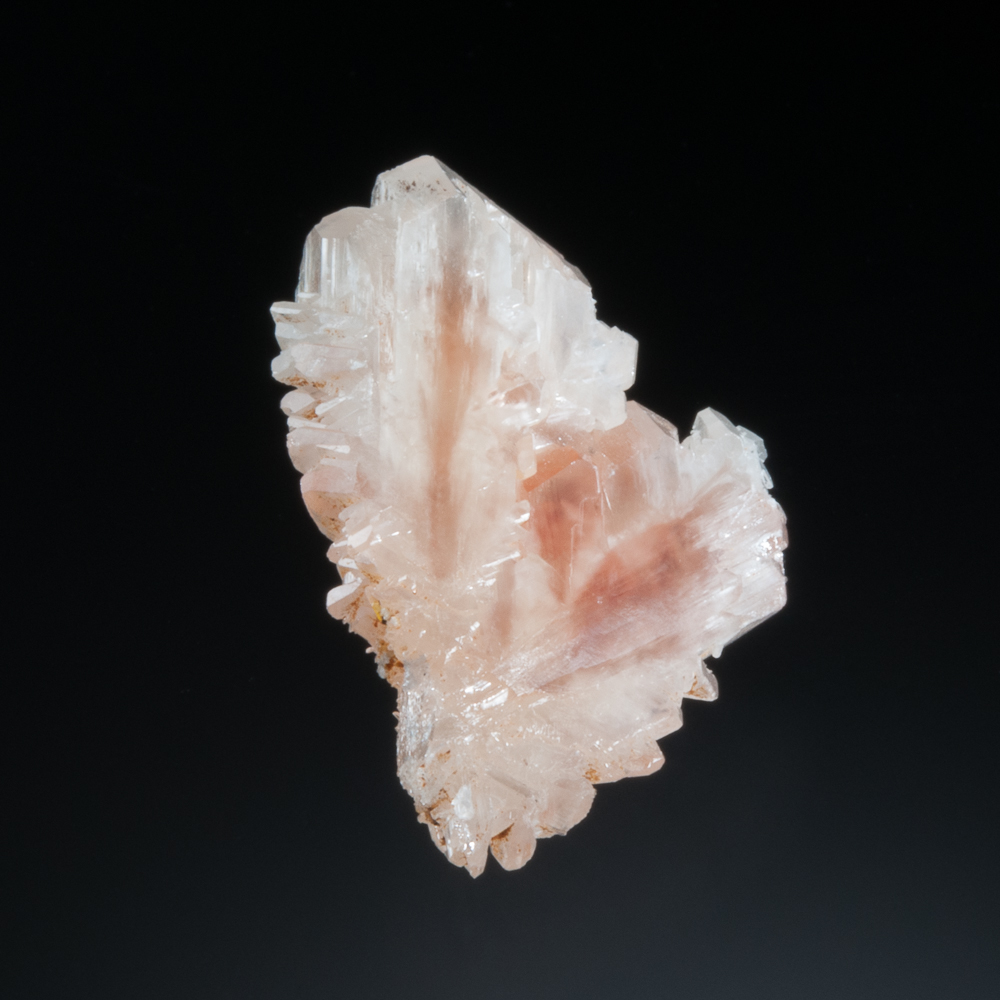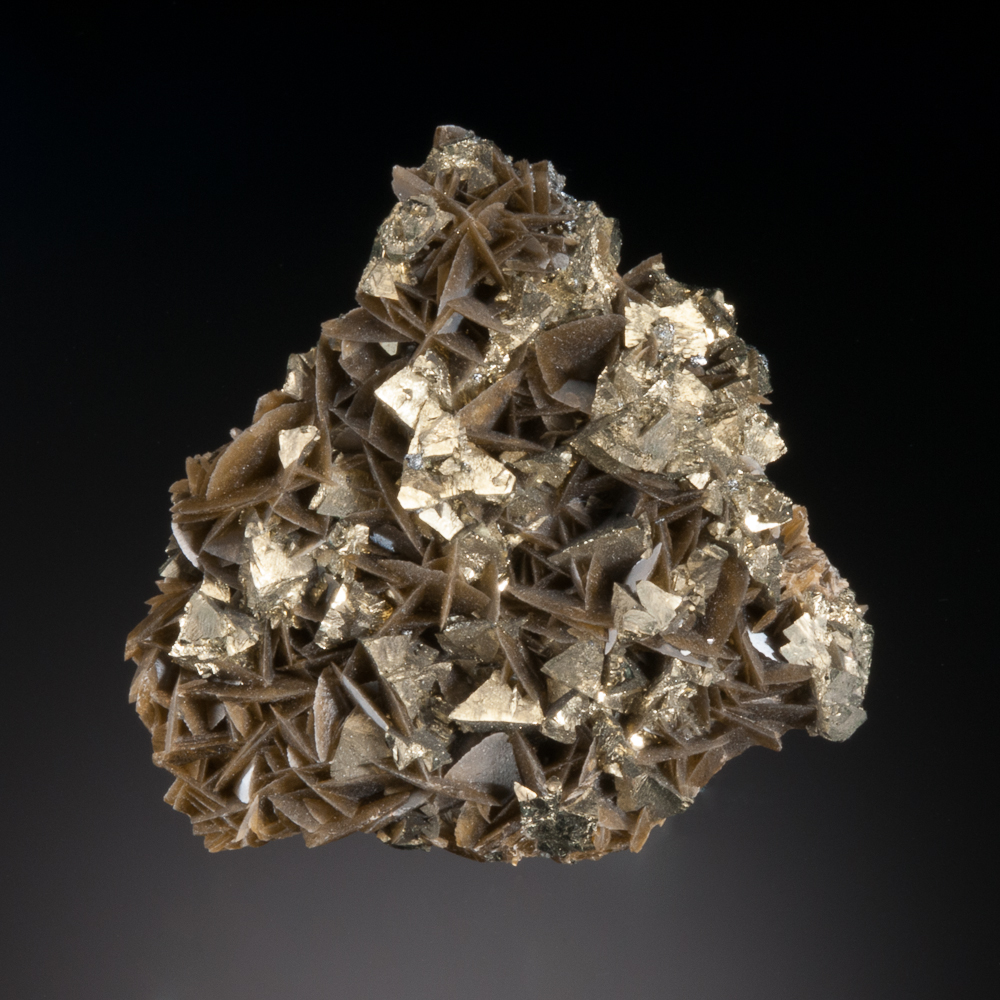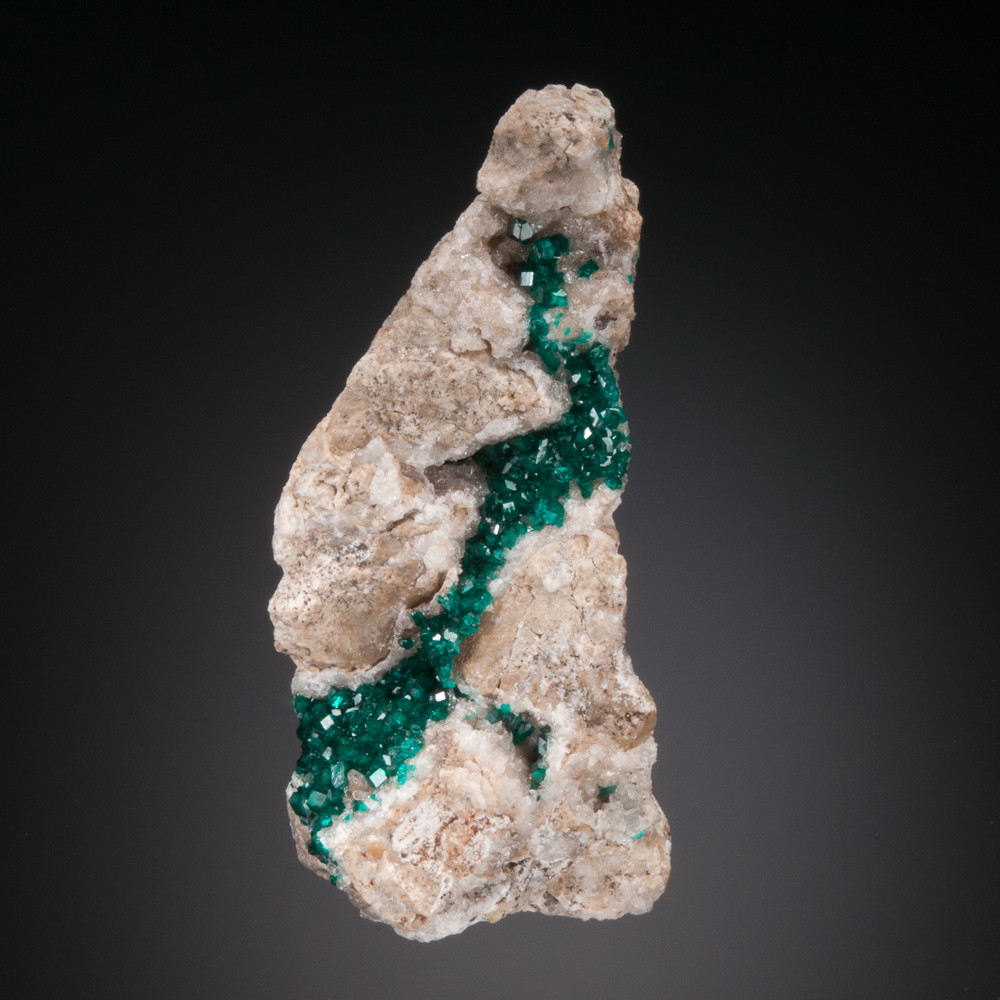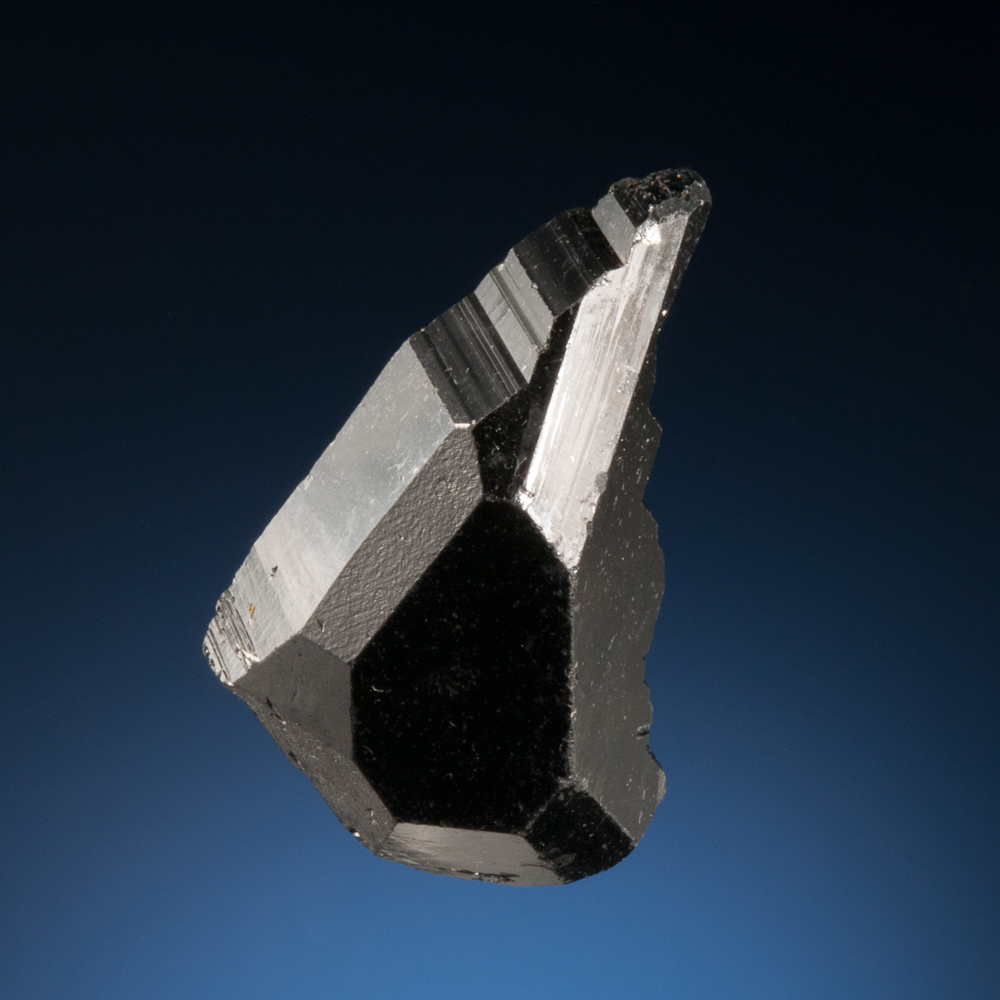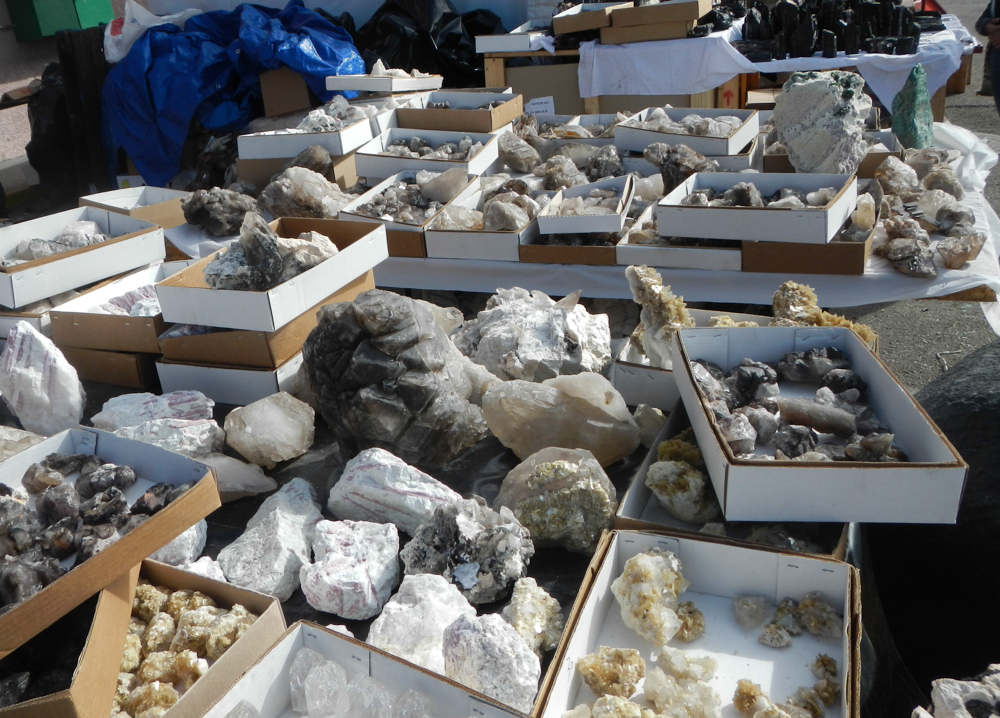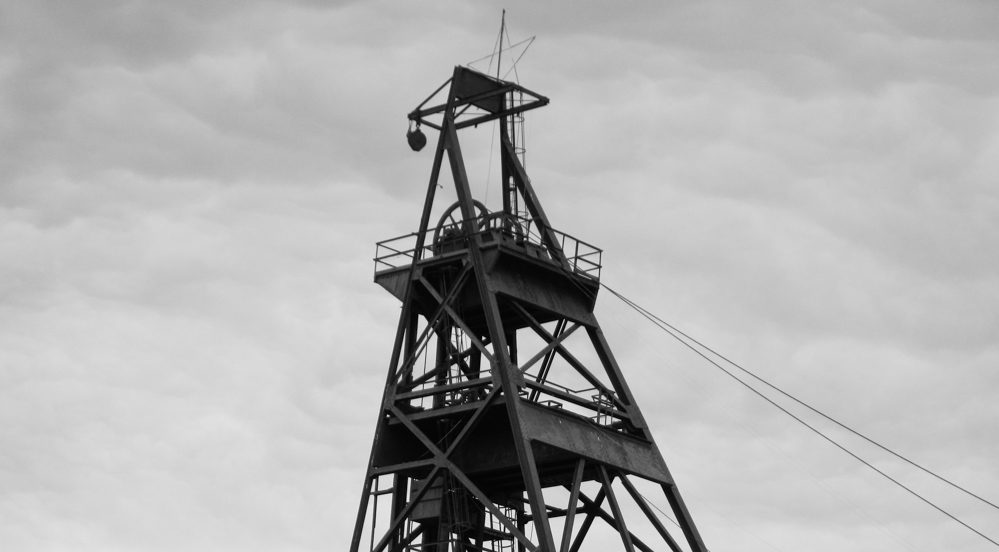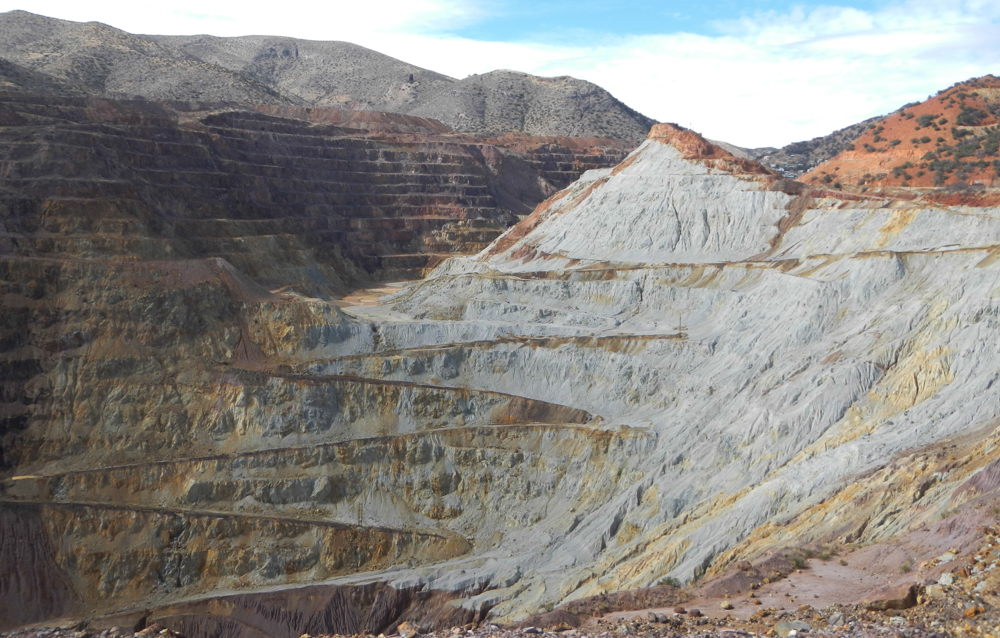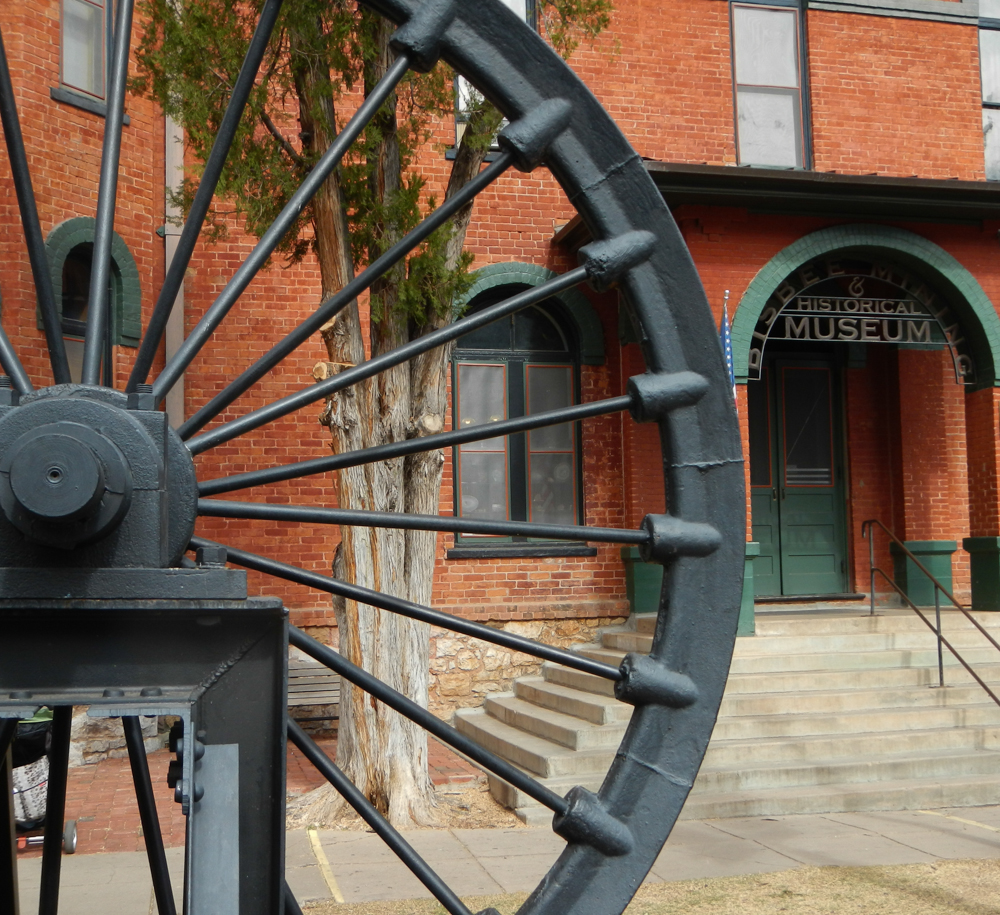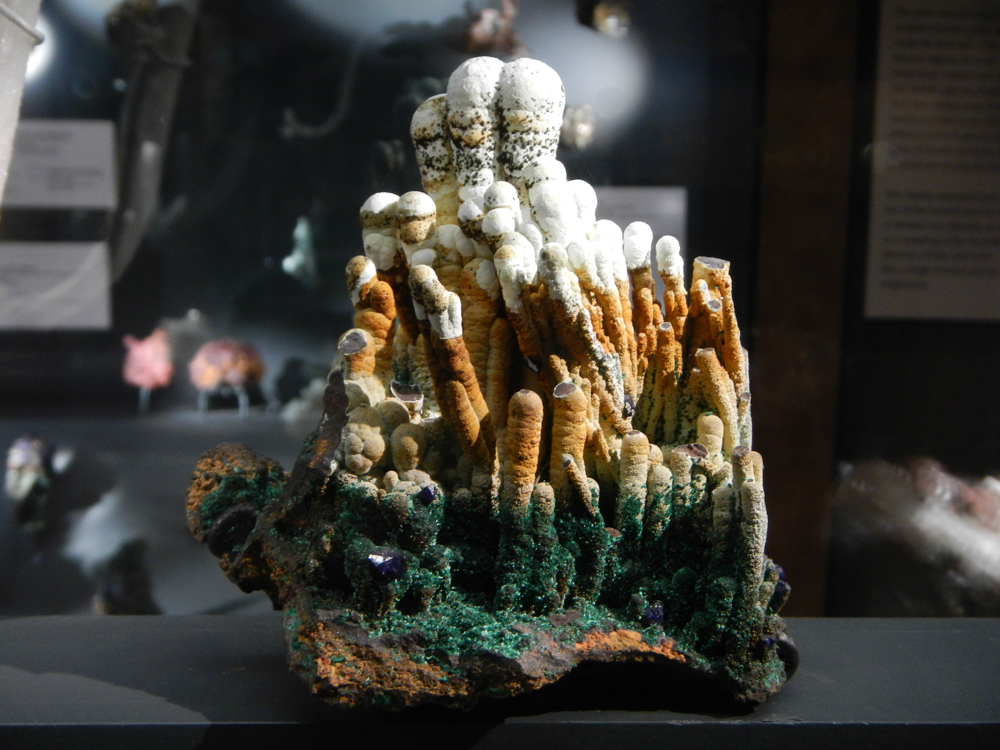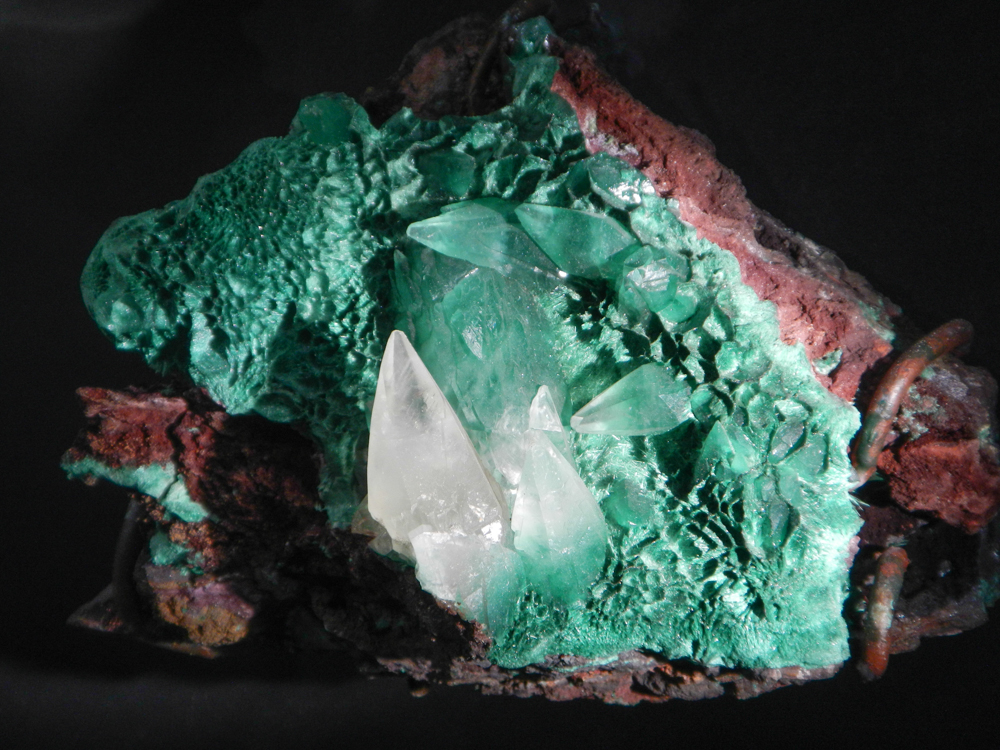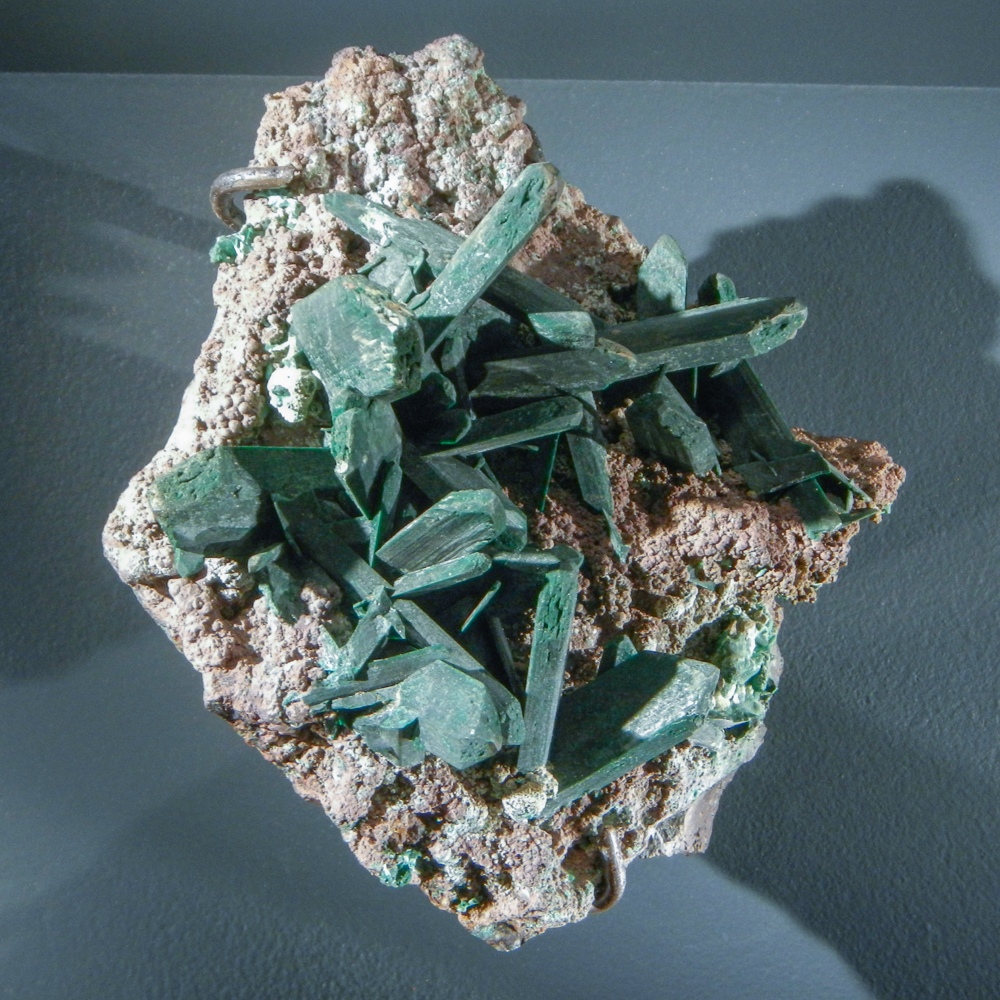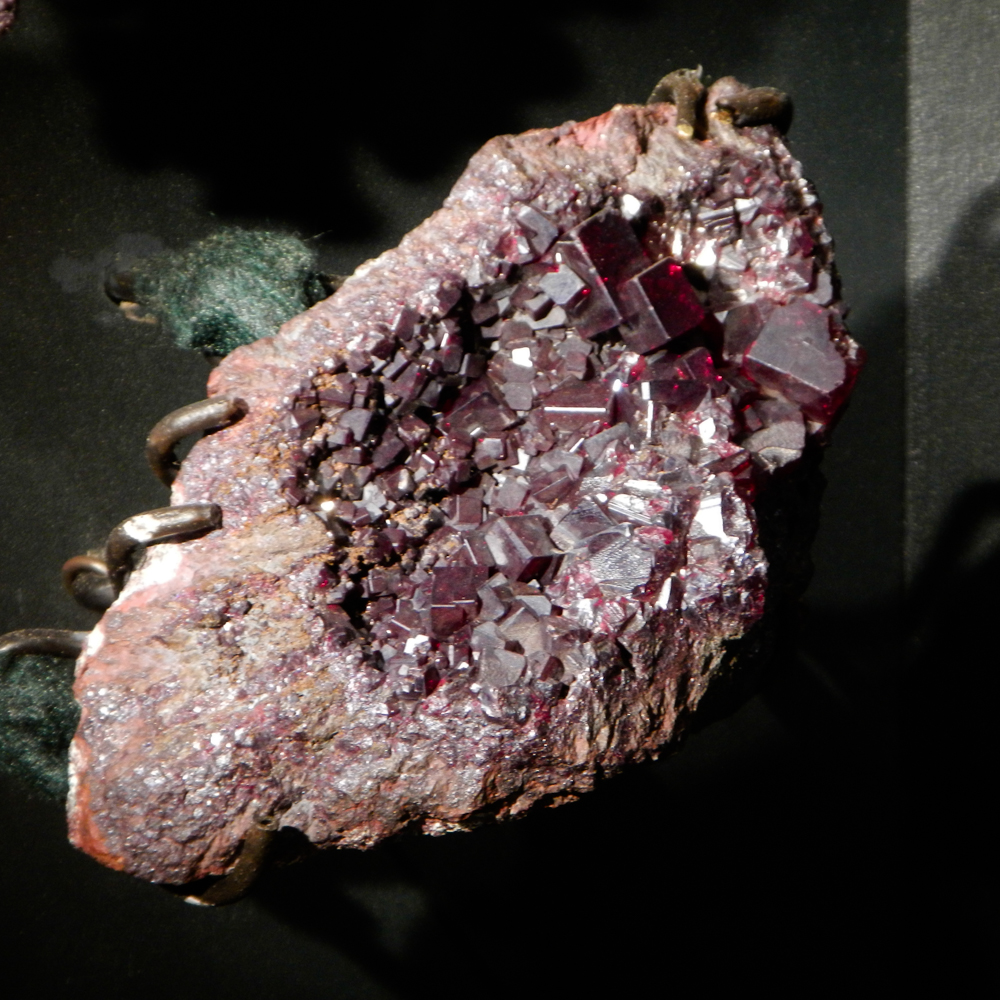Categories
Archives
Urban Field Collecting
Each year when “Tucson” nears, I’m like a kid who can’t wait to race downstairs on Christmas morning. Just the chance to experience the sprawling mineral shows all over the city (known collectively in Mineral World simply as “Tucson”)… there is so much to see and we all come away with different impressions.
This is just a brief blog post about a few favourite finds from Tucson 2014 that you might find interesting. I’m also including a few words below about Bisbee and the great little museum there, but not before Tucson (!).
I have been travelling to Tucson with my collecting partner David Joyce every year for a long time now. Finding what we’re after can be tough! We embark on excursions involving long trekking, backpacks, headlamps, loupes… sledge hammers and drills… Ok, ok, no sledges and drills. But it’s still urban field collecting. We work through a lot of rock in hopes of finding something great – and eventually we do.
The Music
Before I get to mineral specimens, I’ll start with something that was entirely new to Mineral World. Dave premiered his new CD – Nuggets and High Grade: The Mining and Mineral Collecting Songs of David K. Joyce. So, it was no ordinary Tucson. The guitar, the fans, the autographs, the crowd control barriers, the police escorts… (or something like that, anyway…)
Dave played small gigs around Tucson, including a great evening of Krupnik and Kielbasa hosted of course by Spirifer Minerals, and wine and cheese hosted by Dave Bunk Minerals up at the Westward Look show.
The songs and instrumentals were played around the show, including at the Main Show – and they could be heard on sound systems coming from dealers’ rooms as you walked by. Light-hearted with good laughs, these are songs for mineral collectors. (If you haven’t heard Damn The Glaciers or The Mineral Dealer, you haven’t lived.) I feel safe predicting that many of these songs will be played live during the Rochester Mineralogical Symposium, if you’d like to sing along in person. In the meantime, they are available on CD and downloadable from iTunes. If you have not yet heard these tunes, check them out here.
The Minerals
Moving on from the Rock Star to the rocks themselves… here are a few of the mineral finds I thought were special. (Some are new, and some are minerals that have debuted before now, where the prices, quality, or quantity have really improved.) Specimens from all of these finds will be available on our website in the coming weeks.
China remains at the forefront for new and interesting mineral specimens.
There are amazing new calcite specimens from Chenzhou Prefecture, Hunan Province, China (specifics on locality were not freely forthcoming as yet – if you know more I’d love to hear from you (email or here). These are comprised of first generation scalenohedral crystals capped by second generation flattened calcite crystals, giving wonderful aesthetic form, including even an almost mushroom-like appearance. Unfortunately most that I saw from this find were damaged, but I managed to find a few that were in super shape. These are very cool specimens!
Calcite, Chenzhou Prefecture, Hunan Province, China – 4.1 cm
Another interesting new one was a find of beautifully twinned cerussite at the famous Daoping Mine, Gongcheng Co., Guilin Prefecture, Guangxi Zhuang Autonomous Region, China, which is most famous for pyromorphite. Although nice specimens of blocky yellow cerussite crystals were found a few years ago at the locality, these ones are distinctly different – they are flattened, twinned and nicely coloured. I only acquired one (photographed below), because for the most part prices were high for what they are, and I saw only a very few that were high enough quality. Nonetheless there may be a few others around so keep your eyes open for them. I only saw them with the one dealer in Tucson – who knows if there could be more?
Cerussite from the Daoping Mine, Gongcheng Co., Guilin Prefecture, Guangxi Zhuang Autonomous Region, China – 3.1 cm
The latest specimens of chalcopyrite on siderite from Kaiwu, Hezhang County, Ghizou Province, China, are higher quality than most that have been coming out in the past, with sharp chalcopyrites and a new twist on a couple, which include tennantite (confirmed by post-Tucson analysis). When these were first coming out, so many were badly damaged, and even so, they were incredibly expensive.
Chalcopyrite and Siderite from Kaiwu, Hezhang County, Ghizou Province, China – 9.6 cm
The Huangguang mines in Inner Mongolia have continued to produce some wonderful mineral specimens. Many prices asked are still beyond the reach of mere mortals… but with some serious searching, fine specimens of several minerals were obtainable, including sharp ilvaites, some lollingites (most are still pricey) and others. What a great contemporary mineral producing region!
Jewel-like Fluorite among dark-tipped sceptered Quartz, Huangguang Mines, Inner Mongolia, China – 5.3 cm
Moving on to the other world famous deposit with some strikingly similar mineralogy to the Huangguang Mines, some fine specimens continue to come from Dalnegorsk, Russia. In particular, there were some nice fluorite crystals. There were also really neat quartz crystals with overgrowths of beta quartz, and also a few tabular-style pyrrhotites.
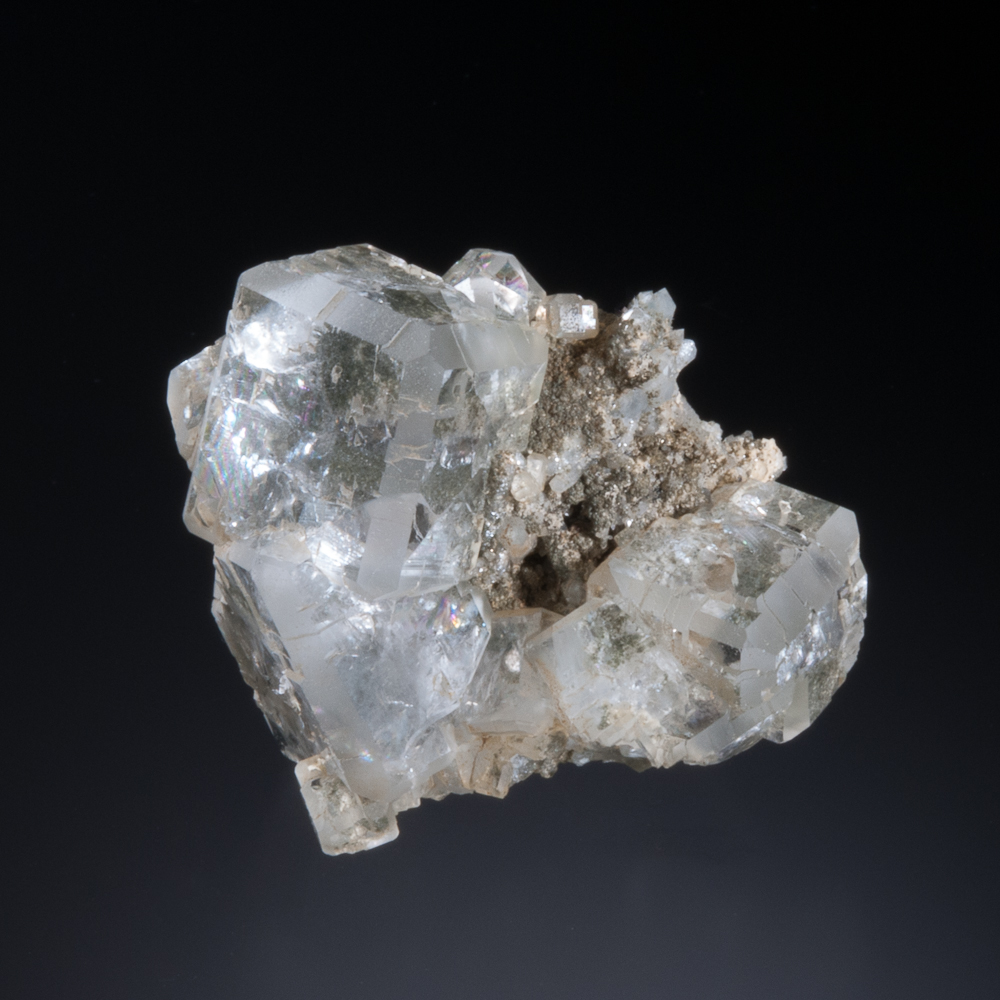 Fluorite, Dalnegorsk, Russia – 5 cm
Fluorite, Dalnegorsk, Russia – 5 cm
Coming further west, the famed type locality for dioptase at Altyn-Tyube in the Kirghiz Steppes, Karagandy Province, Kazakhstan is producing some beautiful specimens and operations continue, with hopes of more in the future. A couple of gorgeous ones are here.
New Dioptase from Altyn-Tyube in the Kirghiz Steppes, Karagandy Province, Kazakhstan – 12 cm
A truly new find was the pocket of wonderful black tourmalines found at Tsitondroina, Fianarantsoa, Madagascar – they are magnesiofoitite. The crystallography on these is pretty amazing. I acquired the best of them and they will be posted on the site soon.
Magnesiofoitite Tourmaline from Tsitondroina, Fianarantsoa, Madagascar – 6.5 cm
And the last one for now – some really great datolite crystals have recently been found at Charcas, Mun de Charcas, San Luis Potosí, Mexico. The datolite crystals can reach several centimetres across and range from pale green to pale blue. Some of the datolite crystals show a preferential crystallization habit, with highlighted white faces representing certain crystal forms. A number of the datolite specimens are accompanied by sulfide mineralization – primarily pyrite and chalcopyrite, crystals of which even occur fully included within datolite crystals.
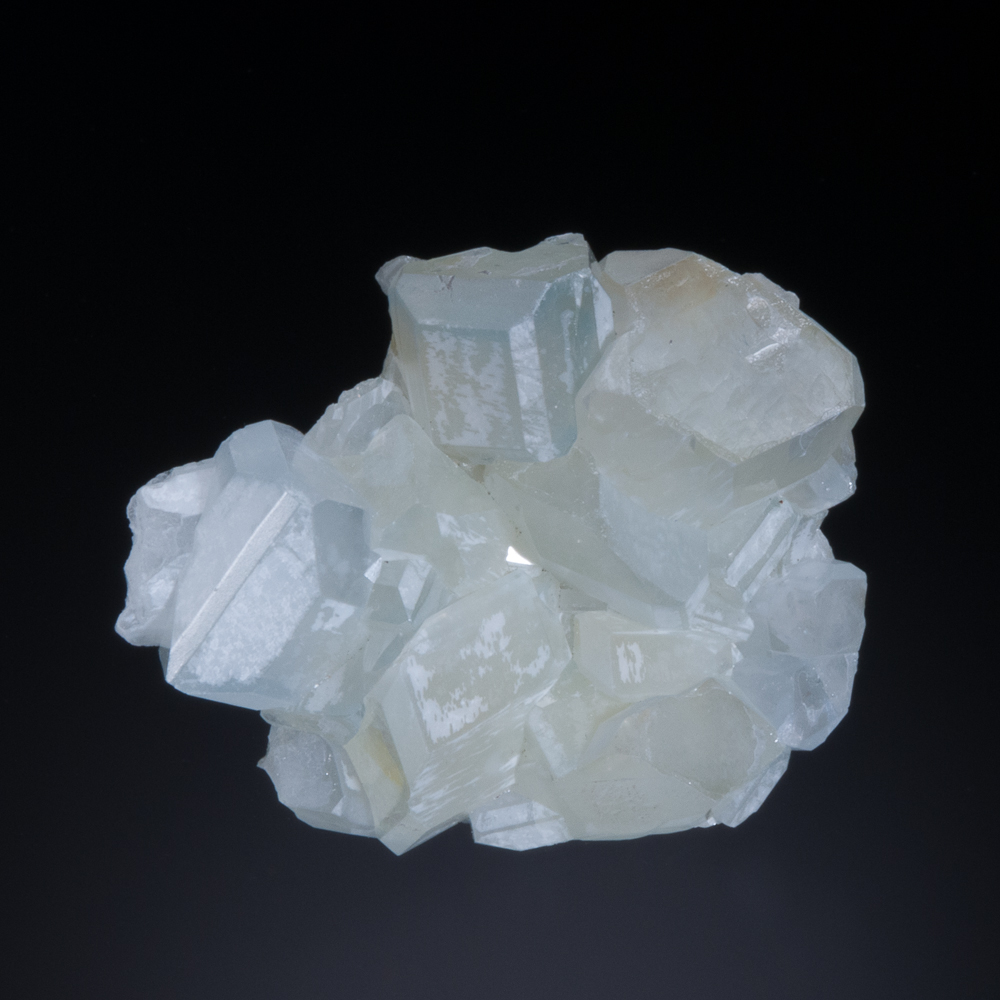 Datolite from Charcas, Mun de Charcas, San Luis Potosí, Mexico – 7 cm
Datolite from Charcas, Mun de Charcas, San Luis Potosí, Mexico – 7 cm
Where Minerals Go to Die
Just as an aside, have you ever wondered where minerals go to die? During real field collecting, the answer is usually the mine dumps. But what happens in the context of urban field collecting?
There are places in Tucson where mineral specimens are thrown on top of each other, piled, crunched, maybe bathed in oil, bleached under the intense Arizona sun…
Imagine a fine mineral specimen surviving this mayhem (not sure why we need the pretext of boxes here)
Urban Field Collecting Can Wipe a Guy Out
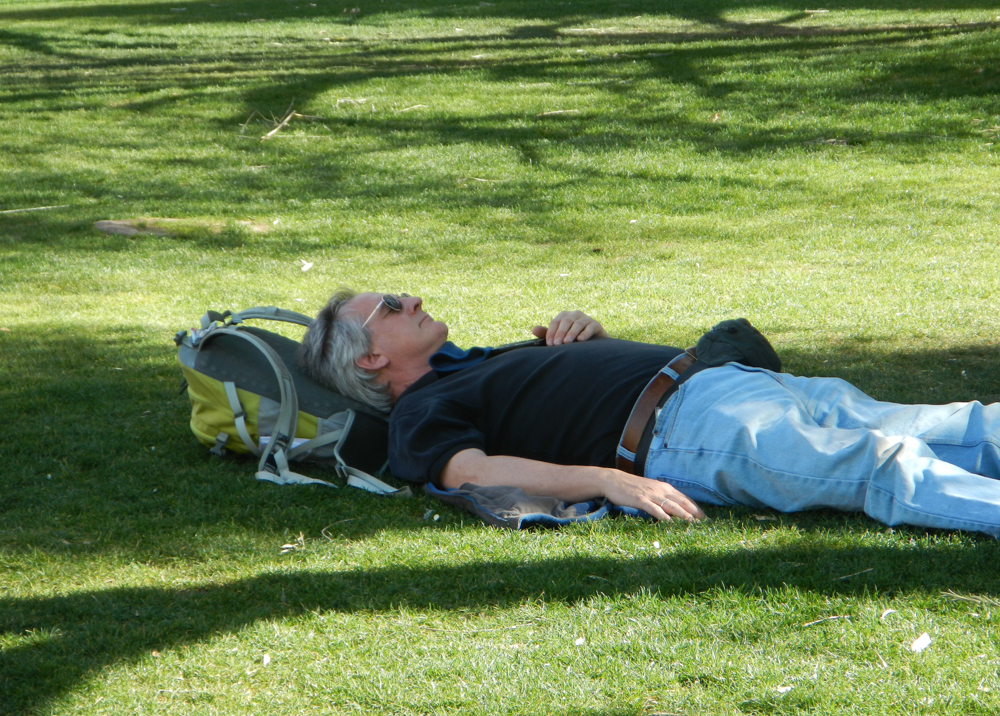 Hard-working mineral dealer David K. Joyce, “power-napping” in the middle of the courtyard at the height of the busy Tucson City Centre Inn Suites Hotel Show.
Hard-working mineral dealer David K. Joyce, “power-napping” in the middle of the courtyard at the height of the busy Tucson City Centre Inn Suites Hotel Show.
(Dave likes to call it “power-napping.” Possibly because it sounds more productive than “snoozing on the grass.”)
World Famous Bisbee
Although I could look at minerals all day every day an never tire of it, there’s something attractive to a change of pace and scenery, so we headed to Bisbee. The trip to Bisbee leads through Tombstone, famous in its own right as one of the roughest towns of the American Old West, best known for the gunfight at the O.K. Corral. Many of the lives of the early inhabitants of Tombstone ended prematurely.
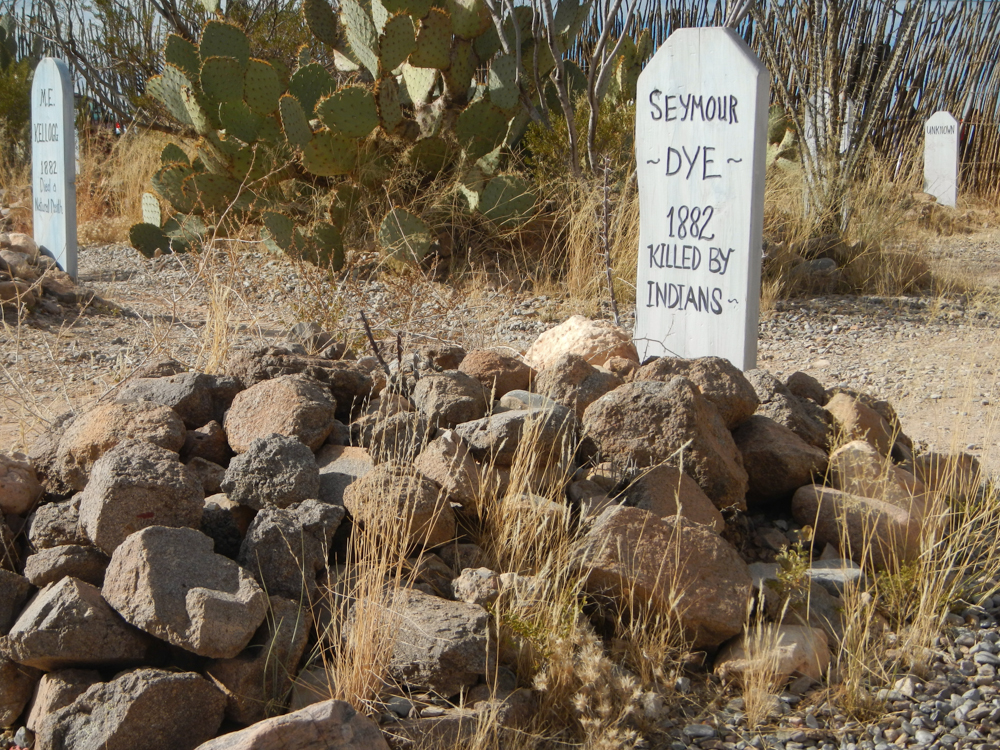 Cemetery at Boot Hill, Tombstone
Cemetery at Boot Hill, Tombstone
(Interesting about the name “Boot Hill”: This name was commonly given to cemeteries in the American Old West and was derived from the notion that this was where the gunfighters – the people who died with their boots on – were buried. The Cemetery at Boot Hill, Tombstone was not limited to gunfighters.)
If you’ve never done the day-trip from Tucson to Bisbee, it’s worth it.
Headframe at Bisbee
Of course Bisbee is best known among mineral collectors for its historic copper mines, which are among the United States’ most prolific mineral specimen localities (325 different minerals have been found at Bisbee). The old mining operations feature prominently on the modern landscape of the Bisbee area.
The Sacramento Pit and Lavender Pit are the large (inactive) open pit mines at Bisbee
Bisbee itself is a neat town with lots of older buildings, artists’ studios and shops. But (as you might guess) the highlight of the visit for me was the Bisbee Mining and Historical Museum. This little museum is so well done! A member of the Smithsonian Institution’s Affiliation Program, the displays were designed with the Smithsonian’s assistance. They are fascinating, informative and easy to walk through for however long (or not) you might want to stay. The museum is housed in the building that was once the corporate headquarters of the Copper Queen Consolidated Mining Company (eventually purchased by Phelps Dodge Corporation, which was subsequently acquired by Freeport McMoRan Copper and Gold Inc.) – it is a beautifully preserved building and a National Registered Landmark.
The upper floor of the museum’s displays includes underground mine scenes and some mineral specimens from various collections:
Gibbsite stalactite with Malachite and Azurite on Goethite from the Copper Queen Mine – approx. 15 cm
(James Douglas Collection, Smithsonian Institution Collection)
Calcite on Malachite from the Copper Queen Mine – approx. 12 cm
(James Douglas Collection, Smithsonian Institution Collection)
Malachite pseudomorph after Azurite from the Holbrook Mine – approx. 15 cm
(M.J. Cunningham Collection, Bank of America)
I used to be on it for 18 years. The https://klonopinshop.com side effects are that it makes me sleepy.
Gorgeous Cuprite from the Czar Mine – approx. 10 cm – largest crystal perhaps 1.2 cm
(M.J. Cunningham Collection, Bank of America)
I stumbled out of the museum, as those unforgettable red cubes were making my head swim! Nice way to end the day in Bisbee.
Back in Tucson, it was time to wrap and pack specimens for shipment! We had a few last fine meals with mineral and mining friends before saying goodbye and heading back to the Great White North.




